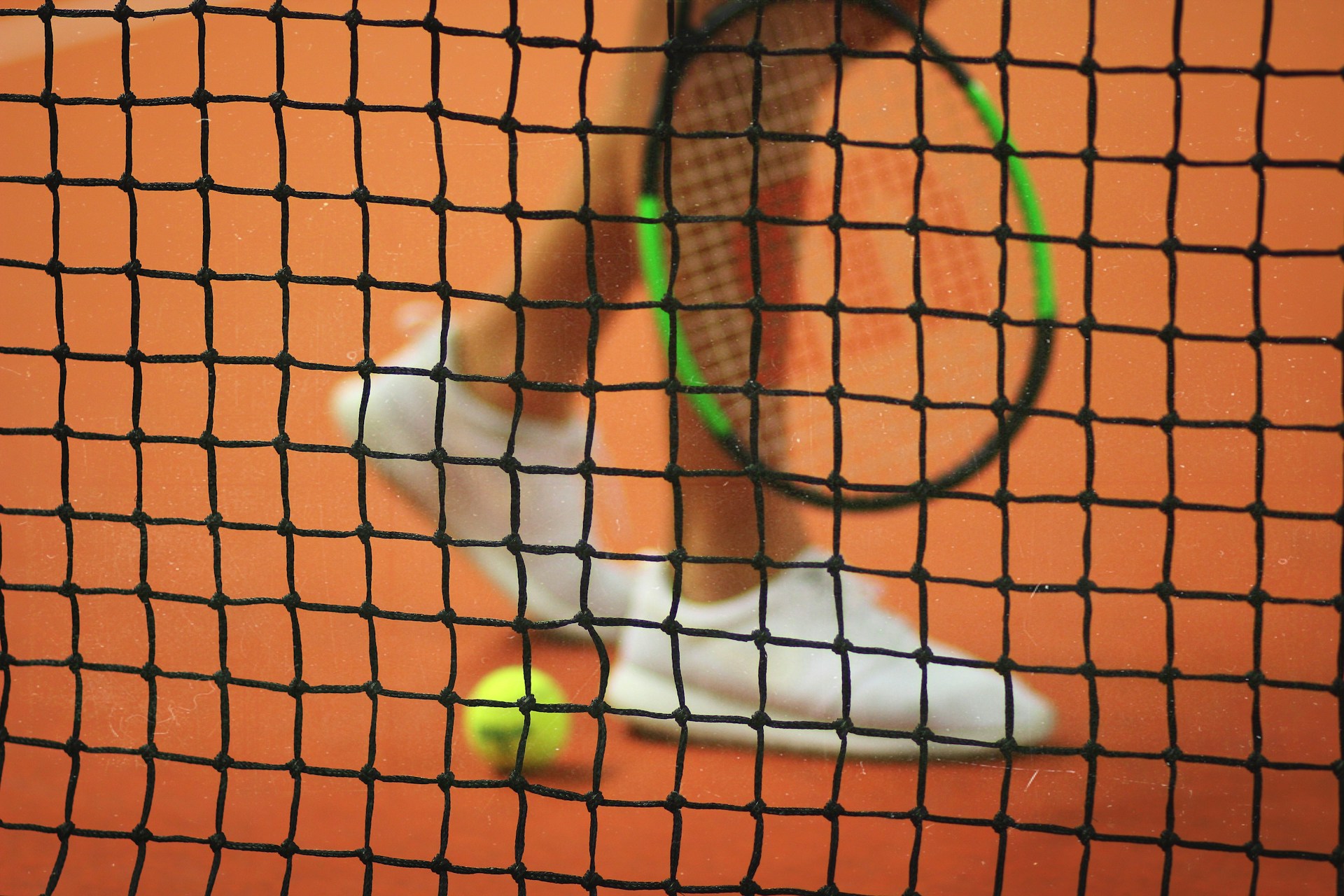What specific plyometric exercises can improve reaction time for table tennis players?

As table tennis players, you know that the game requires more than just hitting a small ball across a table. It demands a high level of physical and mental agility, speed, and power. These skills can be honed through various types of training, one of the most effective being plyometric exercises.
Plyometric training, often referred to as "jump training," encompasses a series of explosive bodyweight exercises designed to increase muscle power, speed, and strength. This training methodology can be particularly beneficial for table tennis players, given the fast-paced, high-intensity nature of the game. But how can plyometric training be tailored to specifically enhance reaction time, a critical component of table tennis performance? Let's delve into the matter.
Sujet a lire : How can martial artists achieve optimal flexibility without compromising strength?
The Power of Plyometric Exercises
Plyometric exercises are typically categorized into lower body and upper body exercises. Lower body exercises mainly include squat jumps, box jumps, and bounding, while upper body exercises often involve medicine ball throws and plyo push-ups. These exercises are designed to increase the force exerted by muscles in a short time, thereby enhancing both speed and power.
In the realm of table tennis, quick reaction times are essential for performing rapid, forceful strokes, blocking shots, and swiftly changing direction. Studies suggest that plyometric training can help improve these aspects, primarily through the enhancement of neuromuscular efficiency and the optimization of the stretch-shortening cycle, a mechanism involved in muscular contraction.
Sujet a lire : How can martial artists achieve optimal flexibility without compromising strength?
But which specific plyometric exercises can table tennis players incorporate into their training regimen to improve their reaction time? Scholarly studies and crossref references provide some interesting insights into this question.
Plyometric Exercises for Lower Body
Many table tennis moves require good footwork and lower body strength. Fast, agile movements around the table can be crucial to get into the right position to hit the ball. Therefore, enhancing lower body agility and speed should be a key focus in plyometric training for table tennis players.
One recommended exercise is the sprint. Sprints can boost leg strength and reaction time, enabling players to reach the ball more swiftly. Start with short sprints, gradually increasing the distance as you get stronger. Another effective exercise is the box jump. This exercise strengthens the leg muscles, enhances agility and speed, and improves coordination, which can prove extremely beneficial in table tennis.
Plyometric Exercises for Upper Body
While lower body strength is critical in table tennis, upper body strength cannot be overlooked. Strong, fast arm and wrist movements are needed to execute powerful strokes and serve the ball effectively.
Medicine ball throws are an excellent plyometric exercise to enhance upper body strength. They work the chest, shoulders, and arms, improving power and speed. Moreover, these throws can mimic the tennis serve motion, enabling players to practice generating force in a similar movement pattern. Plyo push-ups, on the other hand, can help build strength in the chest and arm muscles, facilitating more forceful shots.
Additional Plyometric Exercises
Apart from the traditional upper and lower body plyometric exercises, there are other training techniques that can be tailored specifically to the needs of table tennis players. For instance, lateral plyometric jumps can help improve side-to-side agility, a crucial skill in table tennis. Another similar exercise is the lateral bound, which works the same muscles but involves a single leg, thus also improving balance.
Importance of Progressive Overload and Rest
While incorporating plyometric exercises into your training regimen, it is important to consider the principle of progressive overload, which involves gradually increasing the intensity or volume of your training to challenge your muscles and induce strength and endurance improvements.
However, it is equally crucial to ensure adequate rest and recovery between training sessions to prevent overuse injuries and allow for muscle repair and growth. This balance between training and rest is key to unlocking the full potential of plyometric training, enabling you to maximize your performance on the table tennis court.
Remember, improving reaction time and overall performance in table tennis is not just about the quantity of training, but also the quality. Hence, ensure that each exercise is performed with proper form and technique, and that the chosen exercises align well with your performance goals and current fitness level. Happy training!
Advanced Plyometric Training Techniques
Moving beyond basic plyometric exercises, expert table tennis players may benefit from incorporating more advanced plyometric training techniques into their regimen. Google Scholar and various meta-analyses have revealed the effectiveness of these advanced exercises in enhancing reaction times, direction speed, and muscle strength, which are critical for table tennis performance.
One such technique is the depth jump. This is a more advanced version of the box jump that involves jumping off a box, landing, and immediately jumping vertically again. This exercise enhances explosive strength and improves the stretch-shortening cycle, making it especially beneficial for table tennis players who need to change direction quickly.
Tuck jumps are another advanced plyometric exercise that can prove valuable for table tennis players. This exercise involves jumping as high as possible, pulling the knees toward the chest at the peak of the jump, and then landing softly. Tuck jumps can significantly improve lower body strength and agility, facilitating swift movements around the table tennis court.
Last but not least, clap push-ups are a challenging plyometric exercise that can foster upper body strength. Much like plyo push-ups, this exercise involves pushing off the ground with enough force to clap your hands together before landing. The extra effort required for the clap can further enhance muscle strength and power, potentially facilitating more forceful shots in table tennis.
Conclusion: Embracing Plyometric Training for Improved Performance
Incorporating plyometric exercises into your training program can significantly improve your reaction time, agility, and strength - key attributes for any successful table tennis player. From sprints and box jumps to medicine ball throws and tuck jumps, these exercises can help you become more competitive in the sport.
However, it’s important to remember that the effects of plyometric exercises aren't universal and can vary based on your current fitness level, commitment to training, and individual body type. A systematic review of studies on plyometric training in sports like basketball, soccer, and tennis has shown that while these exercises can significantly enhance performance, they need to be tailored to the athlete's specific needs and abilities.
Moreover, keep in mind the importance of progressive overload and rest. Gradually increasing the intensity of your workouts can keep your muscles challenged and foster improvements in strength and endurance. Rest, on the other hand, is critical to prevent overuse injuries and allow for muscle repair and growth.
Lastly, always ensure that each plyometric exercise is performed with proper form and technique. Scholarly studies and crossref references consistently highlight the importance of correct form in ensuring the effectiveness of these exercises and minimizing the risk of injury.
In conclusion, plyometric training can be a powerful tool for table tennis players seeking to improve their performance. By combining these exercises with proper training protocols and rest, you can unlock your full potential on the table tennis court. Remember, the quality of your training is as important, if not more, than the quantity. Happy training!
